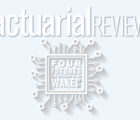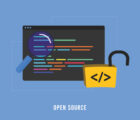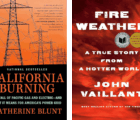
Our cover story delves into one of the industry’s most essential yet fragile foundations — trust. Drawing on studies from J.D. Power and Edelman, the article examines how misunderstandings, claim denials, and public perception have strained insurer-insured relationships. It also highlights how greater transparency, plain-language policies, and emerging technologies such as telematics, blockchain, and AI can restore confidence and strengthen the mutual pledge at the heart of insurance.
In our last issue for 2025, we take time to honor a working group that has gone above and beyond the call of duty this year to improve the organization and better serve our members. You will learn how the Candidate Advocate Working Group has been leaning into the CAS Strategic Plan to enhance the candidate experience. You will meet superstar volunteer Keith Quigley, chair of the Microlearning Working Group, and discover a new way of learning that might be right for you. We’ll also introduce you to the new AI Working Group chair, Mario DiCaro.
We offer a year in review of the incredible research that has been conducted within the organization. You will learn how our research division sought to foster inquiry and thought leadership around critical areas of emerging opportunity and threat. Learn about the seven working groups and their most recent contributions to ratemaking, reinsurance, risk, reserves, artificial intelligence, climate and sustainability, and open-source projects.
In this issue’s Developing News, we explore how world events and executive actions are reshaping the risk landscape for insurers. From CEO conduct and its implications for D&O coverage, to the effects of Middle East tensions on marine underwriting and a new wave of cyberattacks targeting major insurers, each story highlights the growing need for actuarial insight in a rapidly changing world.
Finally, Rachel Hunter explores how Bayesian MCMC modeling can enhance actuarial reserving. Drawing insights from Maochao Xu and Michael Larsen, the article highlights the method’s advantages in handling sparse data, improving reserve range estimates, and providing clearer insight into uncertainty — while reminding practitioners to balance model complexity with interpretability. Enjoy the issue!












